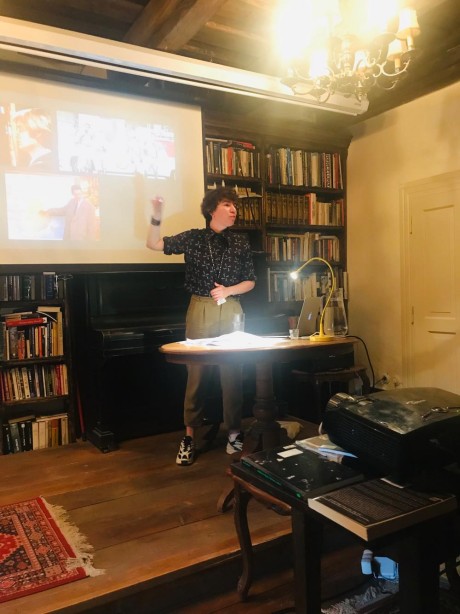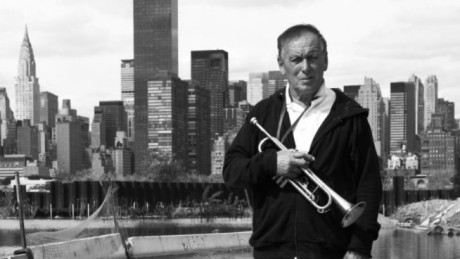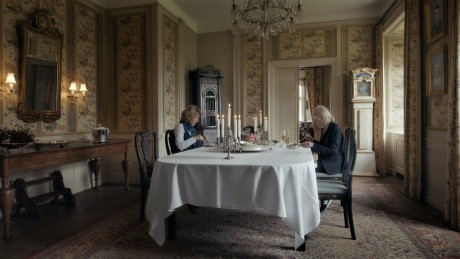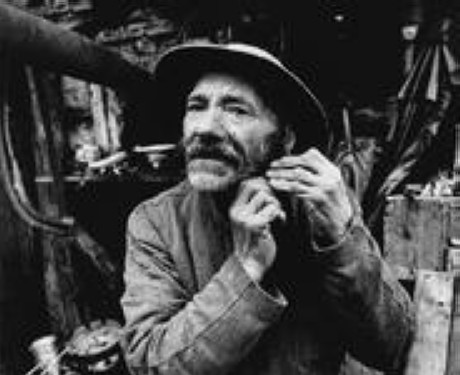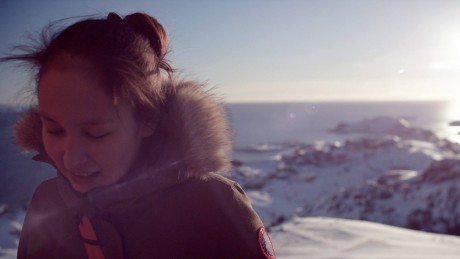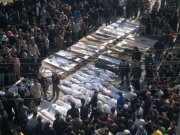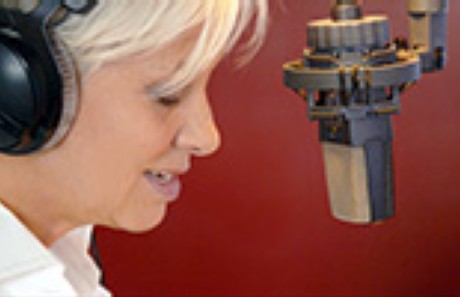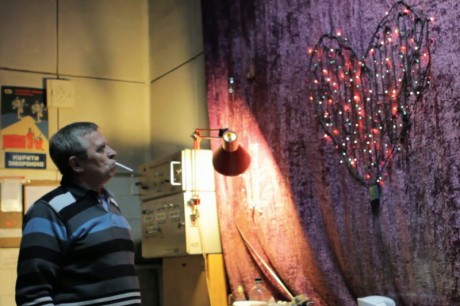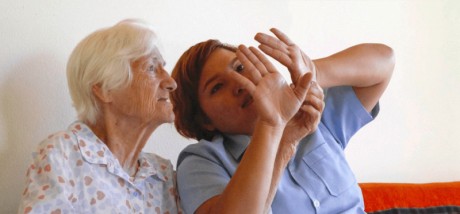


Images
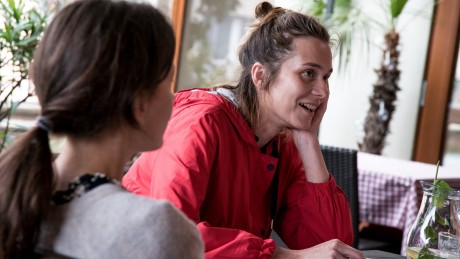
At the first session of the Ex Oriente the directors taking part were asked to write a text “I am your character” in a couple of hours. I used the two hours before meeting the directors with their texts to write about some images that stayed on my mind from what I had seen. For you readers I have made some notes below so you know just a little bit of what I am talking about. Here is my small image-poetry:
The view from my hotel window.
Three angles, the church next door, the green and more green, the man packing his car. For a Sunday drive ?
Football – Dani Alves making a great goal on my apple computer last night, they say he is 36 years, no no, he is young as ever. 1)
Football without ball. Jan Gogolas clip with the kids, who are bored of the match going on, talking about the teeth that they are losing and getting…
The intellectuals as Gogola called them in conversation about Vaclav Klaus breaking a pen somewhere far away from the stadion. 2)
… and the little boy crawling into a cupboard or whatever it is in the flat in Pilsen. Unforgettable. 3)
Cut to the people looking into the kiosk, to Ania, the mother of everyone in the Polish town, a man giving her flower, you are beautiful he says. 4)
Love
the mother in Belarus, who has a mission, she cares, she travels her country to fight the
dedovschina
magic word to say, terrible meaning 5)
and this morning the clips from Israel, the Palestinians having their eyes covered, cut to corpses, the boots of dead men and a boy who is in jail because he is addicted to the internet, gosh ! 6)
and the small Roma in Maidan, no-one wants him but for the director Olga PHOTO (by Daniel Svoren) who sits next to him, she cares, she is a hero, is he a lost soul 7)
as maybe also Jesse from Canada is, coming back to hug her mother in Romania and to meet her father,
where do I belong, here or there or everywhere 8)
everywhere,
the world is ours as Lubo and Laco visualise, let the music and the poetry take us to Manhattan and to the streets of Paris, with or without teeth 9)
all is possible, there are no limits, if you want to send a message, use the post office, if you want say something, use the image, make
a composition that is your own, put your heart into it, learn from
Rembrandt, Brueghel, Tarkovski, Truffaut, Coutard, Sokurov, Hanak!!!
Notes:
- Copa America, Bresil – Qatar 5-0
- Film 2-0 by Pavel Abraham, 2012
- Project by Jaroslav Kratochvil: Comfortable Century
- Project by Daniel Stopa: Women in Kiosk, Staron Film
- Project by Anna Bodyako & Alexander Mihalkovich: The Mothers´Crusade
- Israeli producer Hilla Medalia showed strong clips from “Uncensored Voices” and the Chinese internet-film
- Project by Olga Zhurba: Roma, producers Viktoria Khomenko and Darya Bassel
- Project by Laurentiu Garofeanu: Lost and Found
- Film Steam on the River by Kirchhoff and Remunda, 2015
